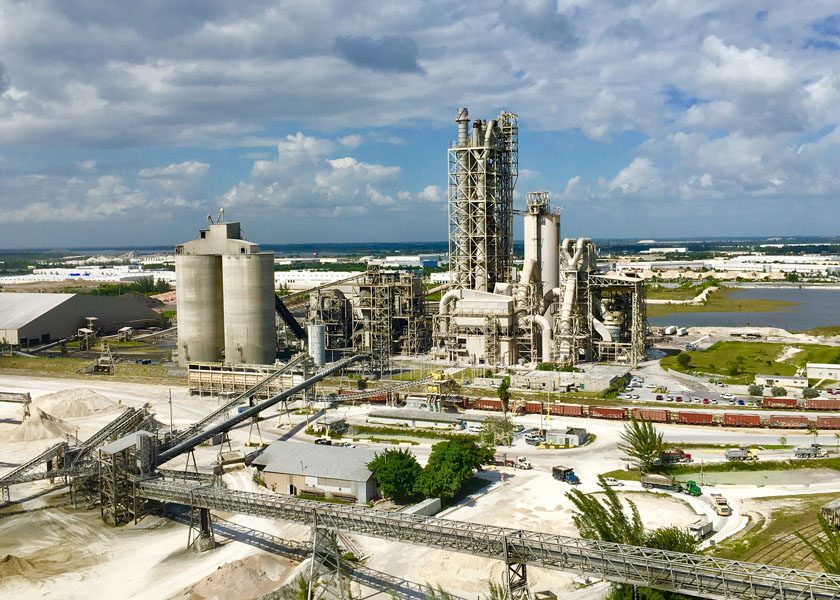World Cement Association (WCA) President Wei Rushan recently addressed significant transformations shaping the global cement industry.
“The cement industry is experiencing profound changes, with businesses managing overcapacity and upgrading, balancing sustainable development with short-term survival, and weighing social responsibility against shareholder returns,” he said. “While each region faces unique challenges, our shared focus remains on driving sustainable growth, embracing technological advancements, and tackling climate change.”
As outlined in the WCA’s recent white paper, global cement demand is expected to decline by 22% by 2050. In established markets like Europe and North America, price increases are expected to persist, while in some emerging markets, prices may experience a short-term decline. However, from a long-term perspective, the association expects emerging markets to remain dynamic and resilient.
Wei identifies overcapacity as a major challenge facing the industry today. As a global representative for the cement industry, the WCA is willing to work with producers and stakeholders to explore ways to modernize and upgrade outdated plants.
“To remain both profitable and environmentally responsible, the cement industry must aim to reduce capacity by 50%, from 4.7 billion tons to 2.3 billion tons within the next decade. This requires focusing on modern, sustainable production units,” said Rushan.
He also noted carbon reduction and carbon neutrality as another key challenge. Although progress has been made through carbon capture and storage (CCS) technologies, Rushan acknowledged the high costs and energy intensity of these solutions.
“Cement plays a crucial role in building sustainable infrastructure,” he continued. “By accelerating innovation, adopting low-carbon technologies, and fostering global collaboration, we can ensure cement remains an environmentally responsible material.”



